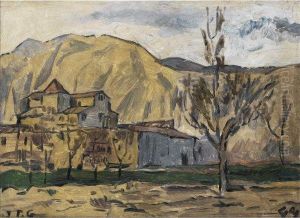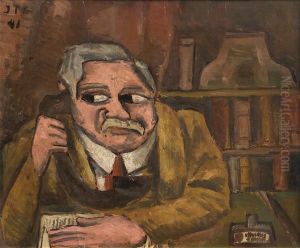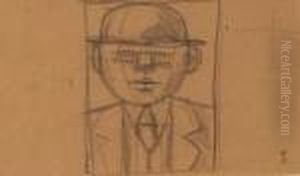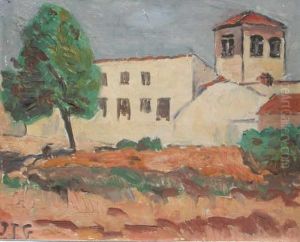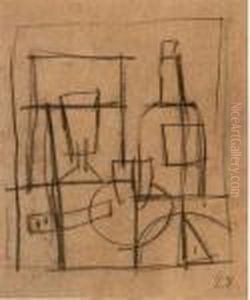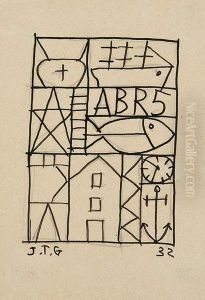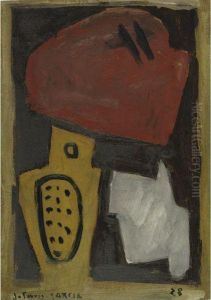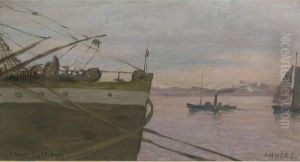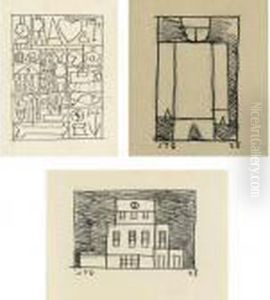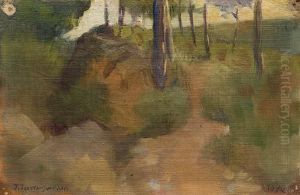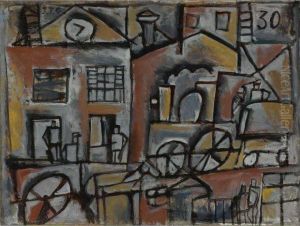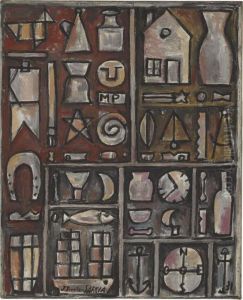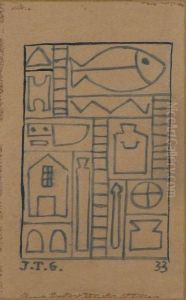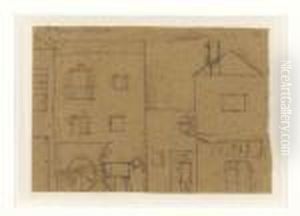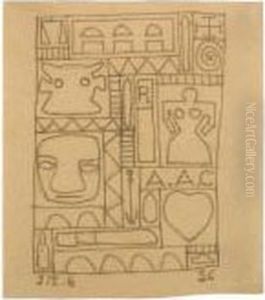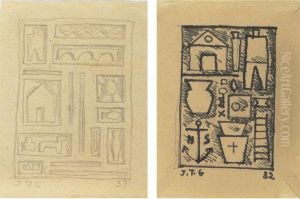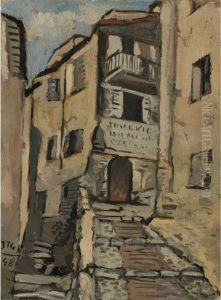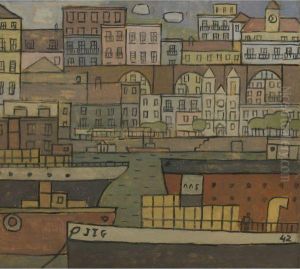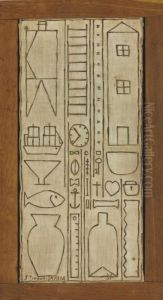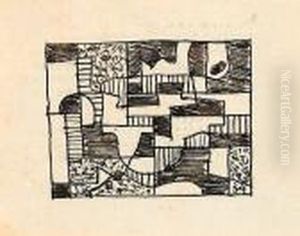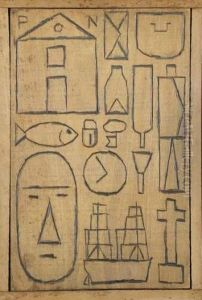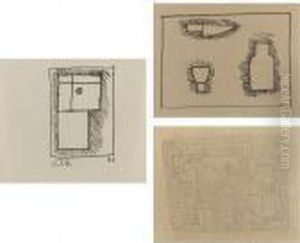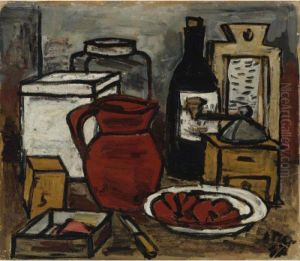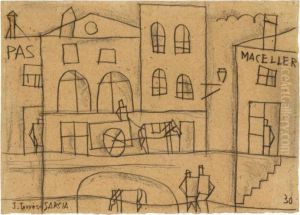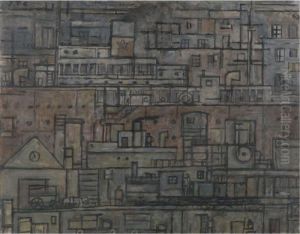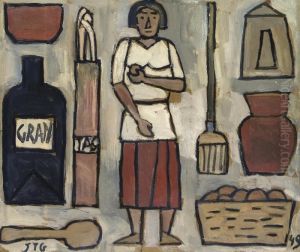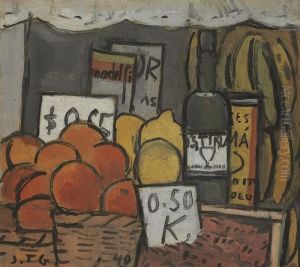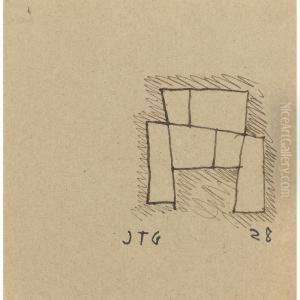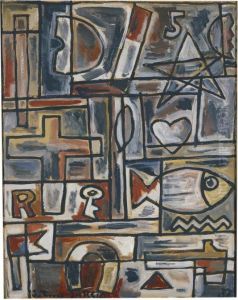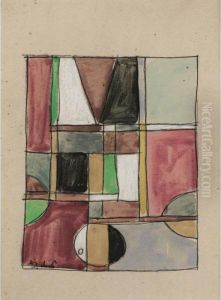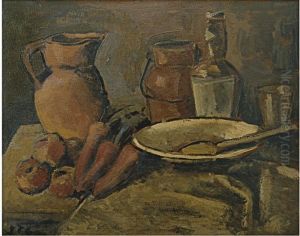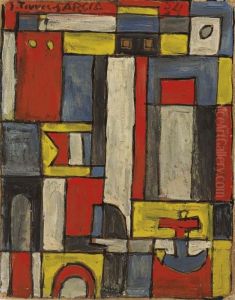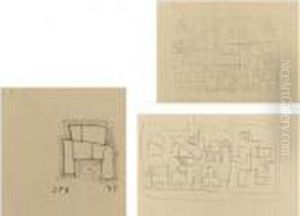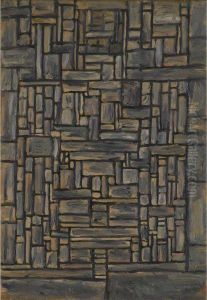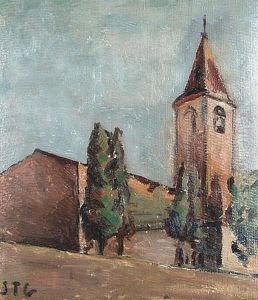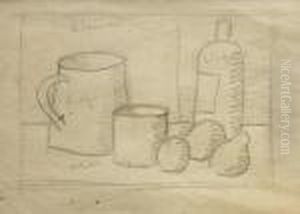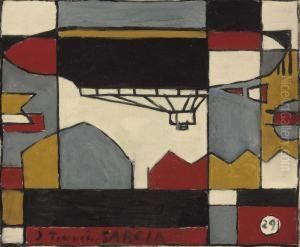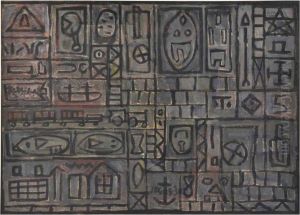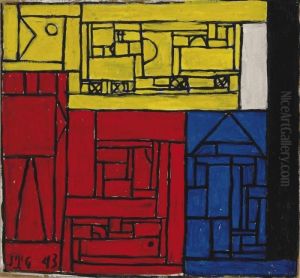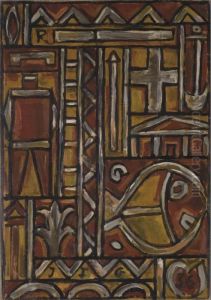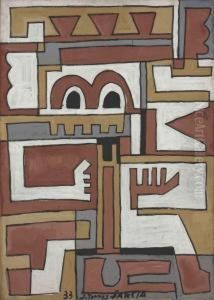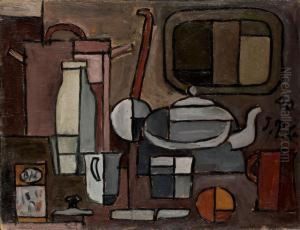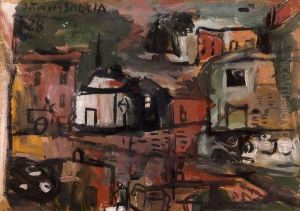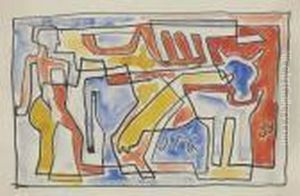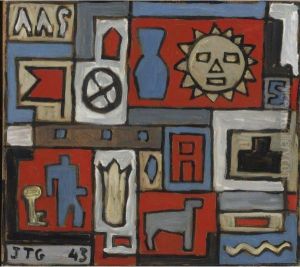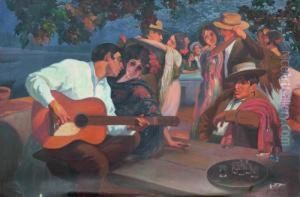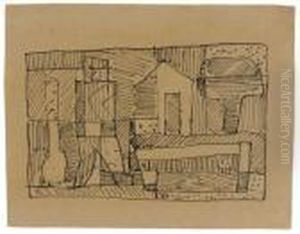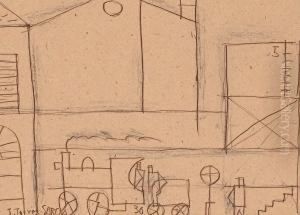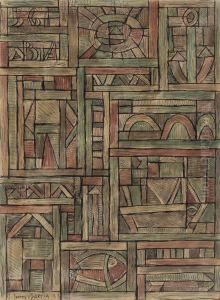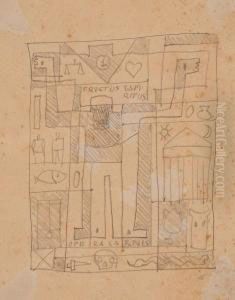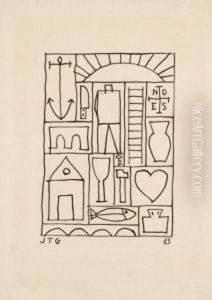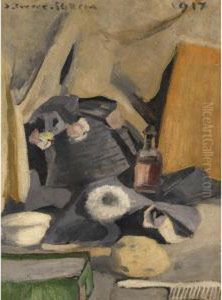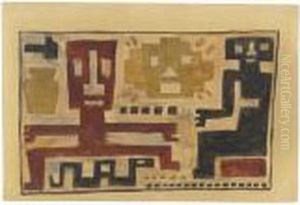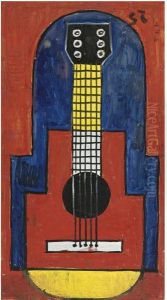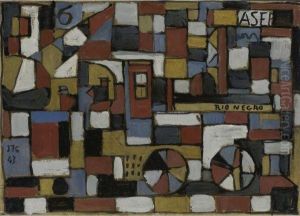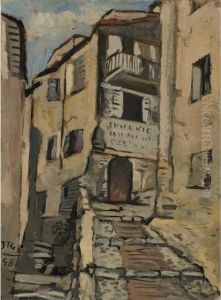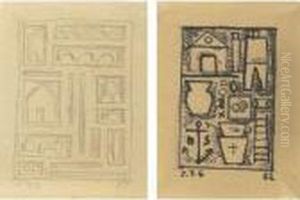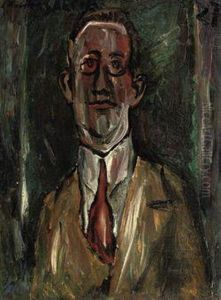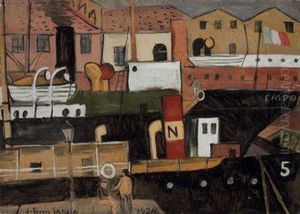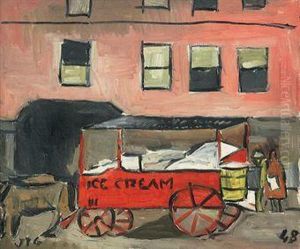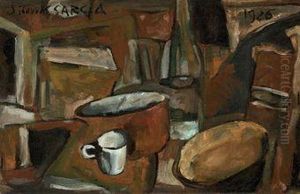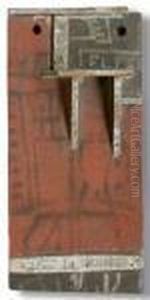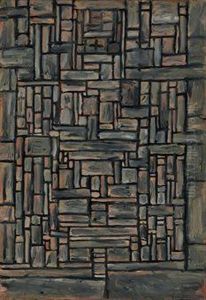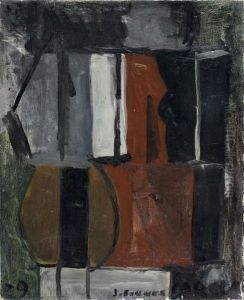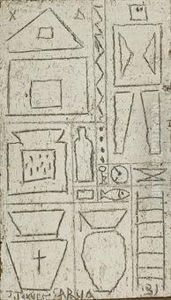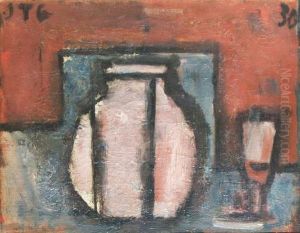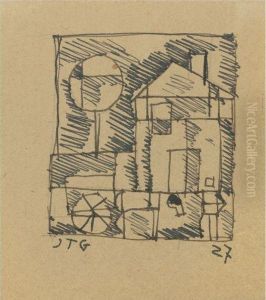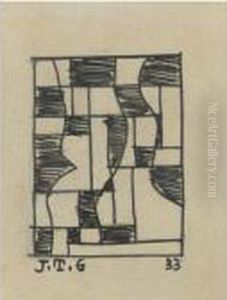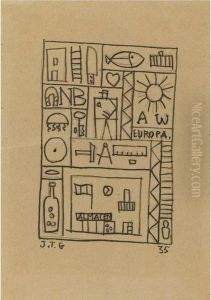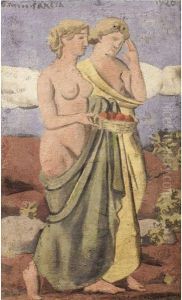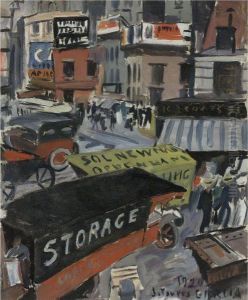Joaquin Torres-Garcia Paintings
Joaquín Torres-García was a Uruguayan-Catalan artist who played a pivotal role in the development of modern art in South America and contributed significantly to the global art scene. Born on July 28, 1874, in Montevideo, Uruguay, Torres-García moved to Catalonia, Spain, with his family when he was a young boy. He studied art in Barcelona and was heavily influenced by the Modernisme movement, which was the Catalan version of Art Nouveau.
Torres-García's early work was marked by a range of styles, including Noucentisme and Symbolism, and he initially gained recognition for his work in fresco painting and monumental art. In 1920, he moved to New York City, where he was exposed to the avant-garde movements of the time and began incorporating elements of Cubism and Constructivism into his work.
In 1922, Torres-García relocated to Italy and then to France, where he became deeply involved with the Parisian avant-garde, interacting with artists like Piet Mondrian, Jean Arp, and Michel Seuphor. It was during this period that he began developing his signature style, which he called 'Constructive Universalism'. This approach sought to transcend traditional artistic boundaries by integrating elements from indigenous art forms, classical art, and modern abstract language into a universal visual vocabulary.
Torres-García returned to Uruguay in 1934, where he founded the School of the South, a movement that aimed to foster a unique Latin American art form that was independent from European influences. He advocated for the value of simplicity and geometric abstraction and often incorporated pre-Columbian art symbols, letters, and numbers into his grid-like compositions. His works from this period are characterized by their use of a modular grid, which he used to structure symbolic elements and create a sense of cosmic order.
Throughout his career, Torres-García wrote extensively on art theory and his vision for a universalist approach to art-making. He was a prolific artist, creating a vast body of work that included paintings, sculptures, murals, toys, and furniture. His influence extended beyond his own practice, as he was also a teacher and mentor to a generation of Latin American artists who would continue to explore and expand upon his ideas.
Joaquín Torres-García's legacy is that of a visionary who sought to create an art that was both deeply rooted in the cultural heritage of his home continent and at the same time globally relevant. He passed away on August 8, 1949, in Montevideo, leaving behind a profound impact on the art world and a legacy that continues to inspire artists and art historians alike.
